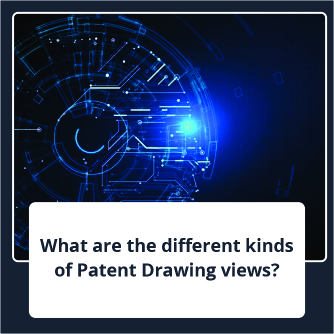If you’re applying for a design patent, it’s a good idea to start with a design patent illustration that can properly and accurately represent your innovation. An object can be seen from a variety of perspectives, including the front, top, back, and side, among others. Because a single figure or drawing may only depict an object from one point of view, all of the relevant figures cannot be represented in a single figure. A single perspective can conceal many sections of the object. As a result, when drafting patent applications and attempting to adequately explain the inventive procedures using drawings, we should create all conceivable patent drawing views to ensure that all parts of the invention are covered.
There are a variety of views that can be included in patent drawings to fully visualise your innovation, some of which are as follows:
Read Also: A Guide to Patent Drawings, Draft Descriptions, and Abstracts
Patent Drawing Views:
Though it is not required for patent experts to present an orthogonal or perspective view of a design, it is suggested since it helps examiners to see the three-dimensional aspect of the design in an application. When submitting a perspective view, the surfaces depicted are usually not required to be illustrated in other views. Some of them are:
Isometric views: An isometric view is a graphical representation of an item in which all three dimensions are depicted at full scale rather than being foreshortened to the true projection. Isometric drawings resemble isometric projections in appearance, but all of their lines parallel to the three principal axes are measured.

Sectional views: A sectional view can vividly highlight design components. The term “sectional view” refers to a sectional view that is used to demonstrate functional aspects or inner structure.

Duplicate views: If the left and right sides of a design are identical or mirror images, a view should be supplied for one side and a remark in the drawing description should be included indicating the other side is identical or a mirror image.
Exploded view: You can include an exploded view if your design features elements that can be separated during normal operation.

Perspective view: A three-dimensional item is depicted on a two-dimensional surface in perspective view. Over either side, the view is not centred or orthogonal. A well chosen angle of perspective creates the impression of a real thing. Because it provides an excellent sense of depth, it is considerably easier to comprehend than orthogonal views.
Orthogonal/Engineering View: The viewer’s gaze is centred on one side of the item in orthogonal or engineering vision. In other words, aside is orthogonal (perpendicular) to the viewer’s line of sight. Take a look at the image, which shows all possible orthogonal views of the Perspective View of a sketch.
Also Read: 4 Key Software to Make Your Patent Drawings More Creative
What to consider?
However, attempting to employ non-US drawings is one of the issues that an inventor has while generating a design patent illustration. Other patent offices, such as the EPO, WIPO, and CIPO, allow a wide range of drawing types. It includes grayscale and pictures, in addition to the USPTO. The United States Patent and Trademark Office, on the other hand, is almost guaranteed to reject such drawings. Only pure black and white line drawings will be accepted by the USPTO.
Because of the complexity involved in a patent drawing, it’s critical to outsource patent illustration services. Specially to companies who are experts in the industry and have been doing so for a long time. You can lessen the likelihood of your designs being rejected by the relevant patent office by doing so.
Aside from understanding the various aspects of patent drawings, you may also be interested in learning about the numerous Line Types Used in Patent Illustrations and Patent Drawings.
Why Choose Technical Patent Illustrators at PatSketch?
Let the experts at PatSketch be at your service if you are looking forward to a well-drafted patent illustration. At PatSketch, you will find a team of proficient technical patent illustrators. We bring both utility and design patent illustration services at your end and also free-of-cost sample illustrations service. Our illustrators take pride in bringing detailed illustrations using tools that are the best in the market. And for us, customer satisfaction is of the highest priority.
Other Related Articles
Everything About Patent Docketing
Why are Provisional Patent Illustrations Important?
Whom to Depend on for the Best Patent Illustration Services?


